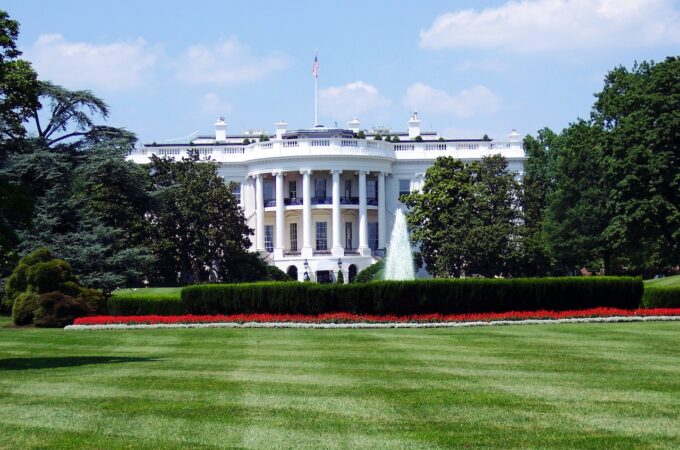
FSB Advocates for Standardized Regulation of Stablecoins
Stablecoins, a type of cryptocurrency designed to maintain price stability, have garnered increasing attention from regulators and policymakers worldwide. While these digital assets offer the promise of stability and efficiency in payments, they also pose significant regulatory challenges. As stablecoins continue to evolve and gain prominence in the financial landscape, there is a pressing need for a consistent and coordinated regulatory response to mitigate risks and foster innovation.
A recent study by the Financial Stability Institute (FSI), a body affiliated with the Bank for International Settlements (BIS), highlights the urgent necessity for regulatory harmonization in the oversight of stablecoins. The report underscores the diverse regulatory approaches adopted by different jurisdictions and emphasizes the potential implications of regulatory fragmentation for global financial stability.
Key findings from the FSI report reveal that while many countries have introduced regulatory frameworks for stablecoins, there is a lack of consistency in definitions, categorizations, and supervisory practices. This lack of uniformity raises concerns about regulatory arbitrage and could hinder efforts to establish an integrated financial system.
The regulatory landscape for stablecoins varies significantly across jurisdictions. Some countries have enacted legislation to recognize stablecoins as a legitimate means of payment, while others have introduced comprehensive regulatory frameworks to supervise stablecoin issuers and service providers. However, discrepancies in regulatory requirements, particularly regarding disclosure, reserve management, and risk mitigation, persist across different jurisdictions.
To address these challenges, the FSI report emphasizes the importance of establishing a coherent and globally coordinated regulatory framework for stablecoins. Such a framework would aim to standardize regulatory practices, enhance transparency, and promote a level playing field in the digital asset ecosystem. It would also help prevent regulatory arbitrage and ensure effective risk management in the stablecoin market.
The report calls for international cooperation and coordination among regulators, standard-setting bodies, and policymakers to develop consistent regulatory norms for stablecoins. Achieving regulatory consistency would require aligning national regulatory frameworks with international standards and best practices, as articulated by organizations such as the Financial Stability Board (FSB) and the International Monetary Fund (IMF).
Furthermore, the FSI report emphasizes the importance of ensuring interoperability between stablecoins and central bank digital currencies (CBDCs) to promote the integration of digital assets into the broader financial system. By facilitating seamless transactions and interoperability between different forms of digital assets, regulators can enhance financial inclusion, efficiency, and resilience in the digital economy.
In conclusion, the emergence of stablecoins presents both opportunities and challenges for the financial sector. While stablecoins hold the potential to revolutionize digital payments and promote financial inclusion, their proliferation underscores the need for effective regulatory oversight. By adopting a consistent and coordinated approach to stablecoin regulation, regulators can mitigate risks, foster innovation, and support the development of a robust and inclusive digital financial ecosystem.





